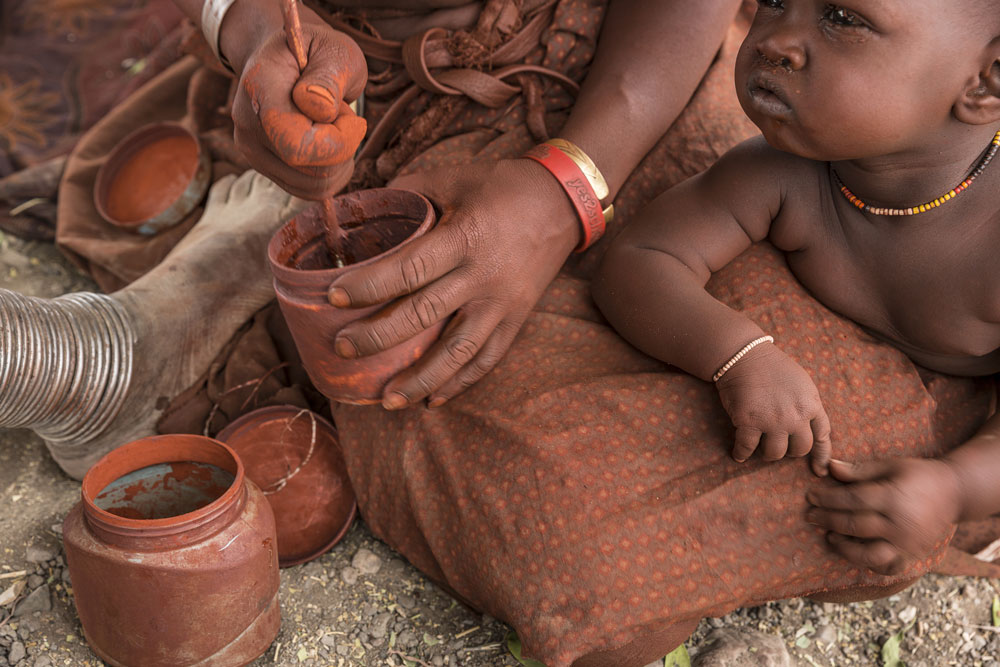Pigment of Our Imagination
Posted on Categories Discover Magazine

And humans appear to have adapted those uses to their needs. At Middle Stone Age sites in South Africa, where ochre use was already complex about 100,000 years ago, different types of ochre were rubbed, ground or crumbled depending on the intended application and the individual rock’s hardness, which varies widely.
One of the obstacles to resolving how and why the rocks were used is in their very nature. “Ochre use by definition is destructive,” Zipkin says. “Generally what we find are the remnants. Whatever the application was is gone. The vast majority of ochre used is no longer part of the archaeological record.”
What Remains
The remnants archaeologists are left with can still be impressive. In Ethiopia’s Porc-Epic Cave, for example, Rosso and her colleagues have studied the largest ochre assemblage ever collected: more than 4,000 pieces weighing nearly 90 pounds in total.
The material was excavated in the 1970s, but in 2016 Rosso and her team performed a high-tech analysis on the pieces, which are about 40,000 years old. “In Porc-Epic, we see the complexity of how the ochre was used by the different tools they needed to work with it,” says Rosso.
Among their findings: assorted tools for processing ochre, such as grindstones, and a limestone pebble with ochre residue on one side. The pebble appears to have been dipped into an ochre-based paint and used as a stamp on an unknown material.
A few thousand miles to the south and much earlier — about 100,000 years ago — people were using ochre in even more complex ways at Blombos Cave in South Africa. In addition to pieces of ochre that appear to have been engraved — the oldest such abstract art in the world — archaeologists have found tool kits that included abalone shells used as containers to mix ochre with crushed bone, charcoal, quartz and other material to make paint.
“The Blombos Cave ‘red ochre paint factory’ represents a milestone in human cognitive evolution,” Rifkin says.
But Blombos is not the only — or even the earliest — such landmark moment. New research points to humans in Kenya working ochre pieces more than 307,000 years ago at a site called Olorgesailie. Brooks, a senior researcher on the Olorgesailie project, describes two roughly finger-sized pieces of ochre that bear the marks of human alteration — and perseverance.
“One of the pieces has been chipped with some kind of sharp object,” Brooks says. “The other one has grinding striations and what seems to be attempted perforation. It looks like someone took something like a chisel and just dug and dug.”